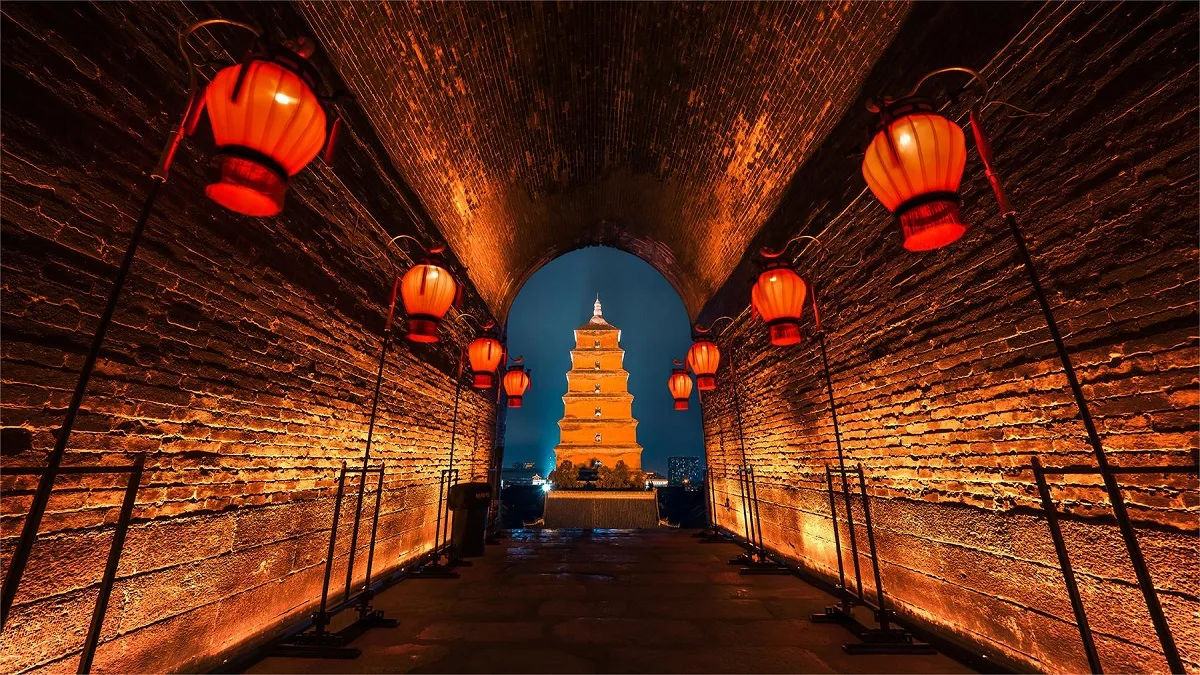Xi’an, formerly known as Chang’an, holds a significant place in China due to its unique geographical location, rich history, and cultural heritage. Situated in the heart of the Yellow River Basin in the central part of China, Xi’an served as a crucial strategic point throughout ancient times. Bordered by the Wei River to the north and the Qinling Mountains to the south, Xi’an boasted natural defenses that made it impregnable against external threats, ensuring the safety of its capital city.
With a history spanning over 7000 years and a legacy of being the capital of 13 different dynasties, including the illustrious Western Zhou, Qin, Han, and Tang dynasties, Xi’an stands as a testament to China’s ancient civilization. The city’s historical significance is further underscored by its role as one of the starting points of the Silk Road, facilitating cultural exchange and trade between the East and the West. Xi’an’s profound cultural heritage, epitomized by iconic landmarks such as the Terracotta Army, the Big Wild Goose Pagoda, and the Huaqing Pool, not only bears witness to China’s storied past but also contributes to its status as a global cultural hub.
As a political center, Xi’an wielded immense influence in shaping the destiny of China. It served as the seat of power where emperors formulated policies, enacted laws, and appointed officials, thereby exerting control over the entire nation. Moreover, Xi’an symbolized the political and cultural heart of China, representing the aspirations and ideals of successive dynasties. Its significance as a political capital remains unparalleled in Chinese history, leaving an indelible mark on the country’s governance and administration.
Economically, Xi’an thrived as a bustling commercial hub and a beacon of prosperity. As one of the starting points of the Silk Road, the city played a pivotal role in facilitating trade between East and West, fostering economic growth and cultural exchange. Its strategic location as a nexus of trade routes and a center of commerce bolstered Xi’an’s position as an economic powerhouse, driving development not only within the region but also across neighboring territories.
Culturally, Xi’an emerged as a vibrant center of art, literature, and education, attracting scholars, artists, and intellectuals from across the land. The city’s fertile cultural landscape gave rise to a plethora of literary and artistic works, including poetry, prose, calligraphy, and painting, enriching China’s cultural heritage. Additionally, Xi’an served as a key educational center, hosting renowned academies and schools that nurtured generations of scholars and thinkers, contributing to the intellectual vitality of Chinese society.
In essence, Xi’an’s significance in China stems from its multifaceted role as a strategic stronghold, a political nerve center, an economic powerhouse, and a cultural beacon. Its rich history, coupled with its geographical importance and cultural legacy, cements its status as a cradle of civilization and an epicenter of influence in China. As the city continues to evolve and embrace modernity, it remains firmly rooted in its ancient traditions, serving as a bridge between the past and the present, and a beacon of Chinese civilization for the world.


